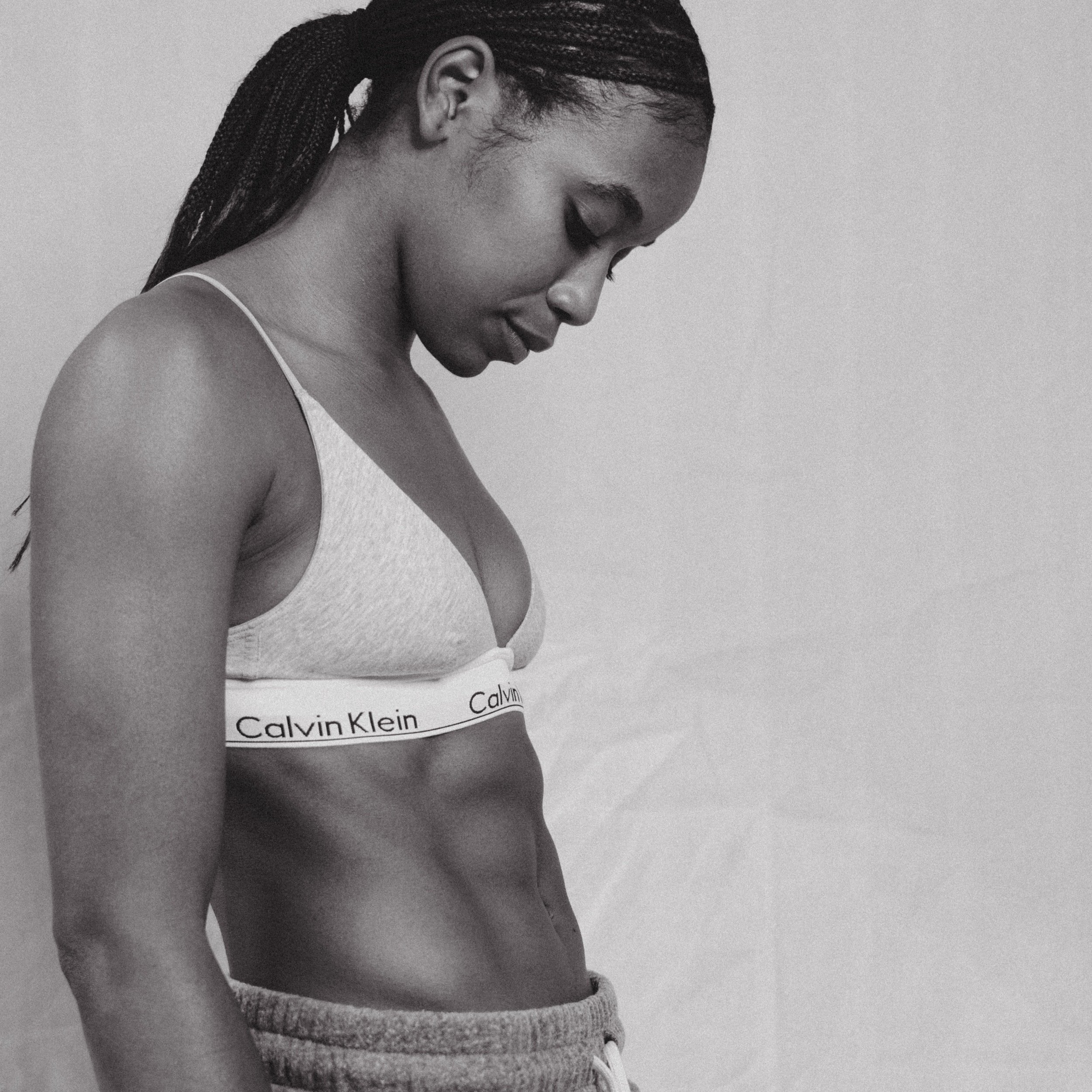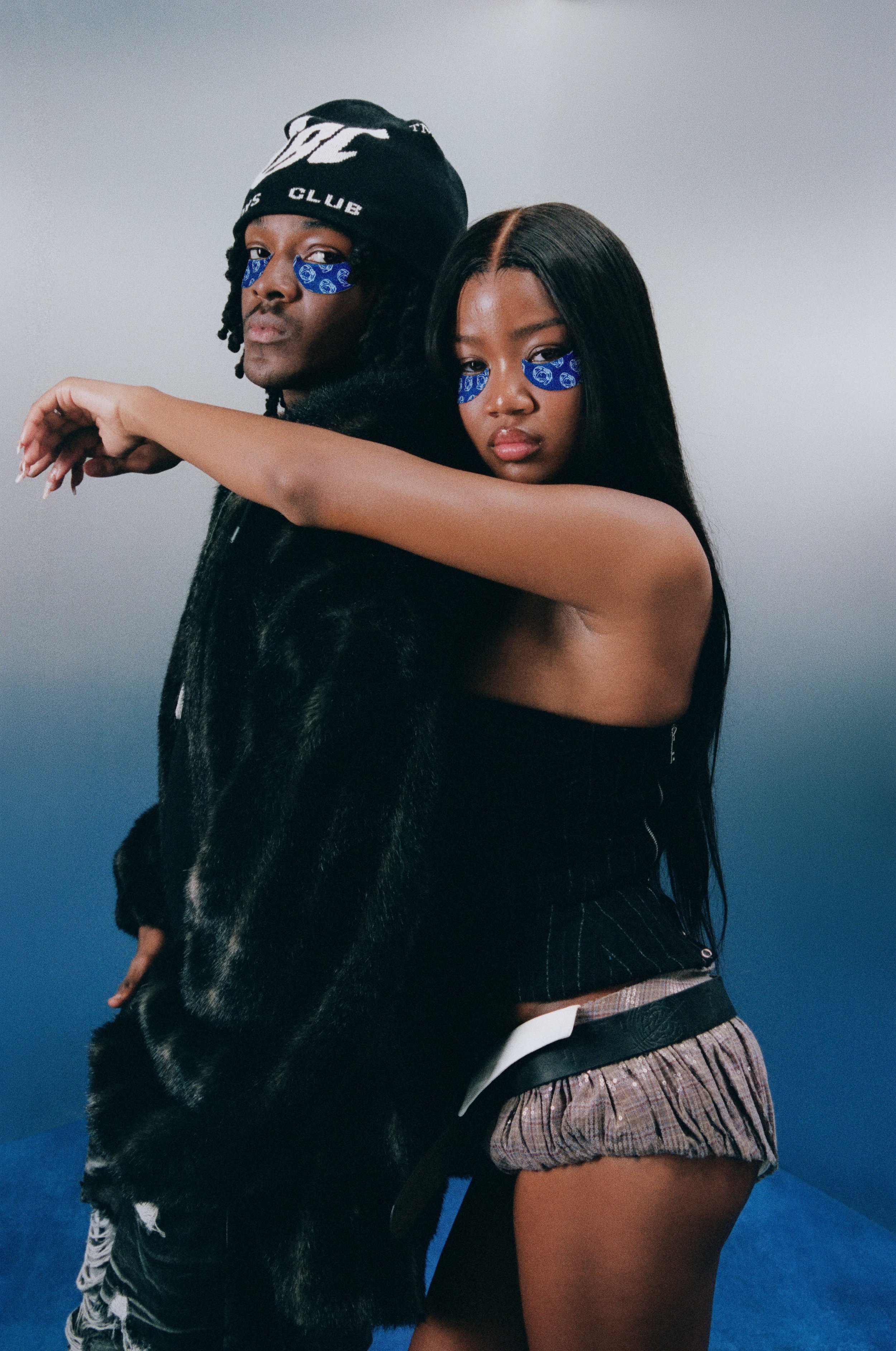Heroin Chic: Grunge, Slip Dresses, And Calvin Klein
By PAGE Editor
Women have long been subject to changing ideals of beauty. Starting from a miniature waist tightened in a corset to a voluminous chest. But there is one decade that set the tone for all that followed, thanks to which today we have the ideals in our heads. And this is the 90s. But to be honest, the same decade became golden for the fashion industry: the dawn of grunge, slip dresses, and Calvin Klein. For all the picturesqueness of the situation, the impetus for the beginning of an unhealthy standard of beauty was laid.
In recent years, the interest in 1990s fashion has been actively growing. Looking back in recent years, you can notice that ripped jeans, oversized clothes, bleached hair, prom photos, a Kate Moss fan blog, and dark circles under the eyes were back in fashion. Calvin Klein launched a vintage "heroin chic" ad. Why did the painful appearance of emaciated models thunder so brightly in the last decade of the 20th century and is not forgotten to this day?
In tandem with the War on Drugs and the fear of AIDS, heroin addiction was on the rise in America, among the middle class. The government aimed to reorient people towards a healthy lifestyle and help the addicts. For example, if you were about to ask, are there any free rehab centers near me, at the beginning of 90’s the answer would probably be no. That is why it was crucial for the government to start affordable recovery programs and change people’s image of unhealthy fashion.
In May 1997, at a press conference, US President Bill Clinton drew attention to the fact that he takes into account the high problem of modern fashion. He said: “You do not need to glamourize addiction to sell clothes. The glorification of heroin is not creative, it’s destructive. It’s not beautiful; it’s ugly. And this is not about art; it’s about life and death. And glorifying death is not good for any society.”
His words were caused by the tragic death from a drug overdose of photographer David Sorrenti at the age of 21, along with his death the era of heroin chic also passed away.
The president's statement caused mixed emotions in the fashion world. Some felt that he voiced the fears of many; others — that the era of heroin chic is over and it is too late to take any action. But, after all, how can one interpret the countless images of emaciated models that flooded the fashion magazines of the 90s?
Do these images really reflect the crisis of morality of a generation, or was it an attempt by the media to focus on fashionable images, ignoring the existence of real social problems, such as unemployment, poverty, and the adsence of free substance abuse programs, which were the real reason for the increase in drug use?
In the 1980s, magazine covers featured athletic, healthy models who embodied the ideal of beauty. But giving the audience this unattainable, lifeless fantasy was even more disastrous. Women exhausted themselves with everyday fitness and shaping workouts, trying to at least remotely resemble Cindy Crawford.
British photographer, Corinne Day has been instrumental in refocusing fashion from cutthroat perfection to formulaic beauty. It was her camera that first captured Kate Moss. Day managed to show a real reflection of the life of the 1990s youth.
Corinne Day's type of skinny woman was branded as "heroin chic" by journalist Amy Spindler from The New York Times. Spindler accused Day of promoting drug addiction and anorexia at the time of no free rehab centers, but Day denied the accusation, arguing that she only portrays the reality around her without embellishment. The grunge aesthetic in her photographs resonated in 1990s culture as much as the work of Guy Bourdin and Bob Richardson did in the 60s and 70s.
But the persecution that has begun against the heroin fashion was ridiculous: after all, the very specificity of fashion is that it only illuminates and reflects topics and problems that have matured in the depths of society. Films such as Girl, Interrupted (1999) and Prozac Nation (2001) painted a picture of absolute disillusionment, but it's not about the heroine, it's about the cultural mood of people on the cusp of grunge.
Francesca Sorrenti, mother of David Sorrenti, also a fashion photographer, said that "heroin chic is not what we create, it's what we are."
Heroin chic raises many questions, not only because it opens up the topic of attitudes towards drugs in art and culture or the ansence of free addiction help, but also because it gives a vivid figurative embodiment to this. Although the worst thing about heroin chic is its name: drug addiction and glamor have merged into a single symbiosis. It was a response to the happy, cheerful faces of the past decade. People wanted to look like the antithesis of success as if the models were forbidden even a fleeting smile in the photo. However, where did the image of drug addiction come from?
Drug use, especially by bohemians in the 19th century, became associated with weakness, daydreaming, and thus femininity. Drugs appeared in paintings depicting exotic countries. Delacroix showed curvaceous and attractive African women, their pulsating sensuous bodies draped in cream and amber fabrics.
Absinthe and opium drinkers embodied the 19th-century fear of the degenerate society, the belief that the culture was gradually deteriorating, becoming corrupt and dissolute.
The increase in drug use by former military personnel who left the front in the First World War changed a lot. The authorities had to gradually ban drugs that were previously readily available and launched free substance abuse programs.
Frightening society during the first half of the century about the terrible consequences of drug use had no result. A huge fear of heroin in the 1980s was experienced, and rave culture revealed an alternative image of the “good” drug - ecstasy, which produces only a feeling of love, nostalgia. It helped to transport me to a bright and colorful world, close to the world of hippie love.
Dr. Robert Millman, author of the drug treatment program at New York University Medical Center, noted that heroin use was originally associated with the poor, the underdogs, and the HIV-positive. The middle class was far from it. However, in the 90s, the drug acquired chic, an aura of romance and emotional excitement. That charm of the "dark side" manifested itself not only in the use of drugs, but also in photography. Earlier works depicting the happiness of young people gradually mutated into images of bodies in uncomfortable poses in deserted interiors.
The dissonance of tired models, flopping down on a nondescript sofa and dressed in expensive clothes from fashion designers, left the viewer discouraged. Ambiguous associations with drug culture are becoming more and more obvious: hallucinogenic images of a drug den, experiencing a moment of high. The main thesis of the era can be formulated as a nihilistic game with life or death in pursuit of pleasure.
HOW DO YOU FEEL ABOUT FASHION?
COMMENT OR TAKE OUR PAGE READER SURVEY
Featured











Miami Art Week 2025 Powered by Art Hearts Fashion closed out the year with a high-impact, citywide series of runway shows, designer debuts, and star-studded events across Miami’s most iconic venues, celebrating global creativity, inclusivity, and the intersection of fashion, art, and culture.